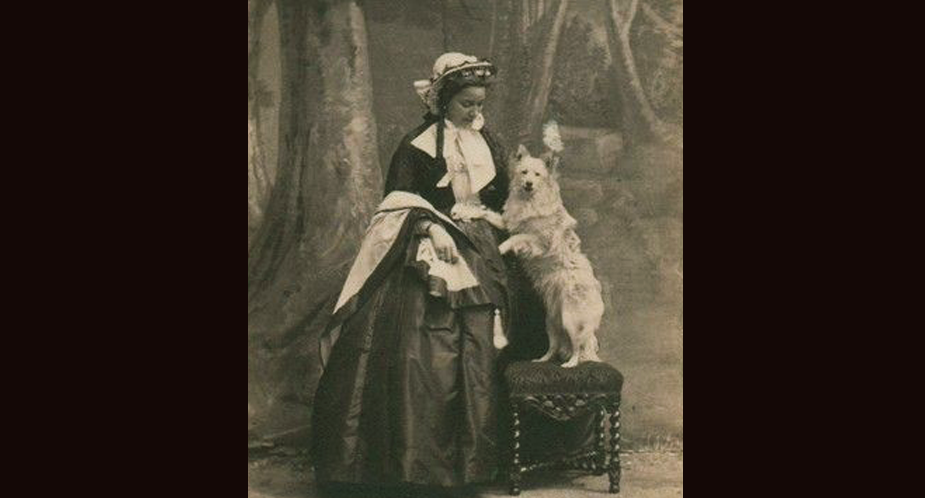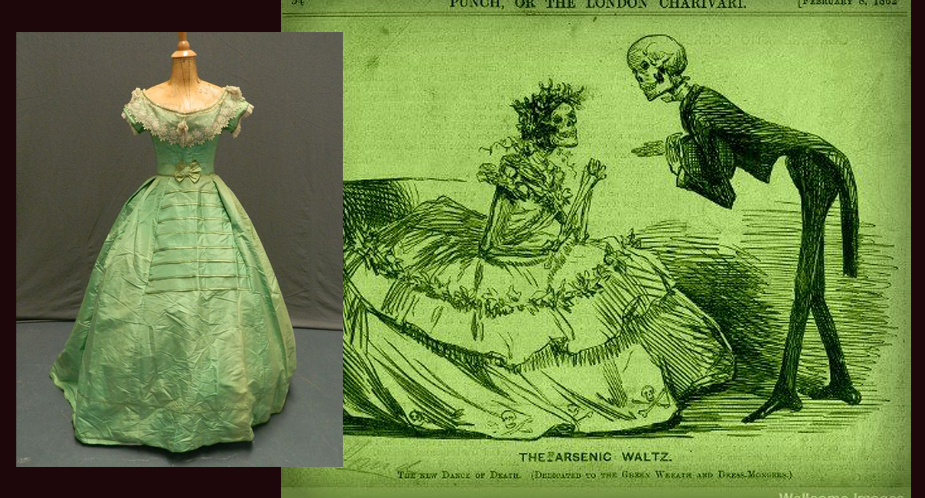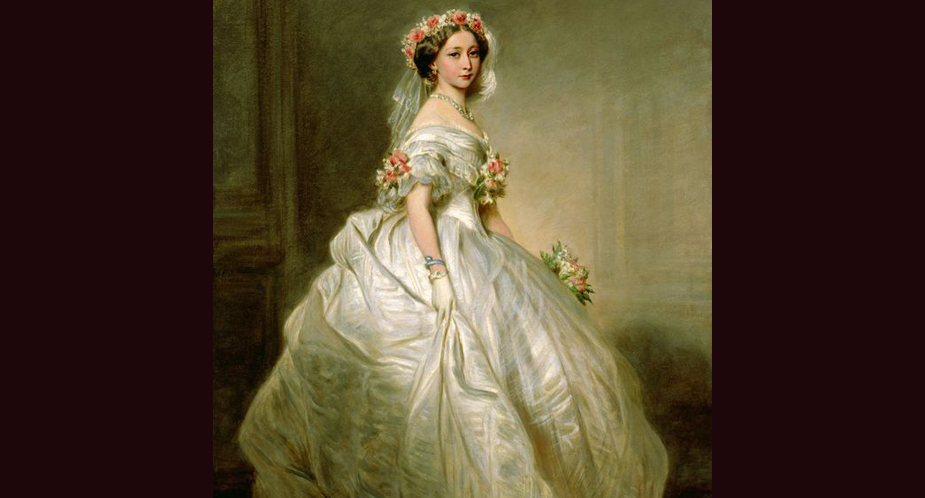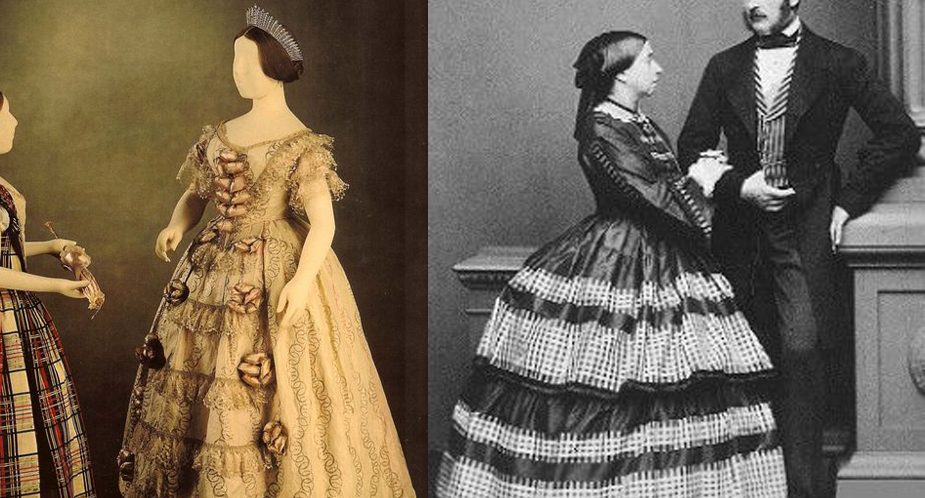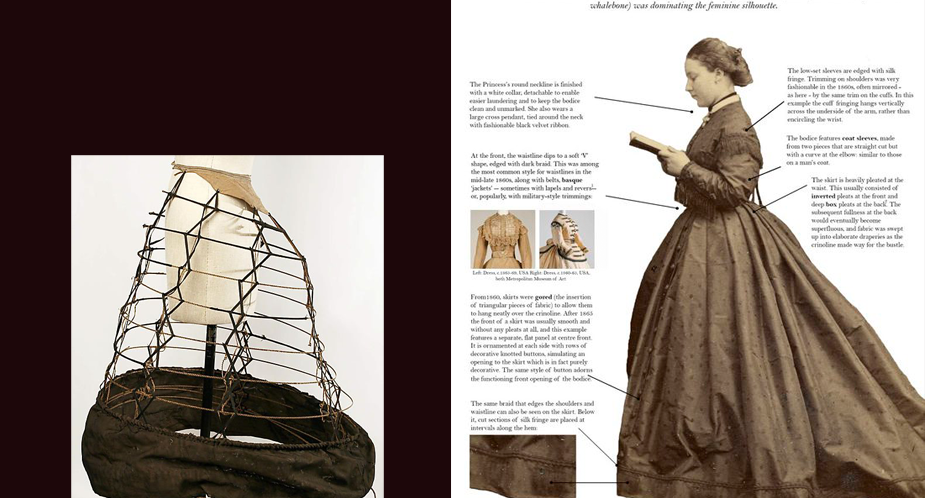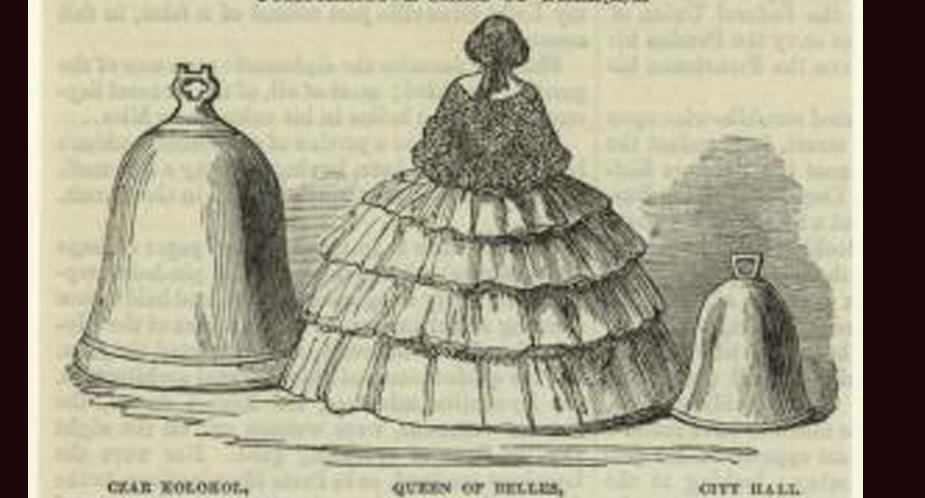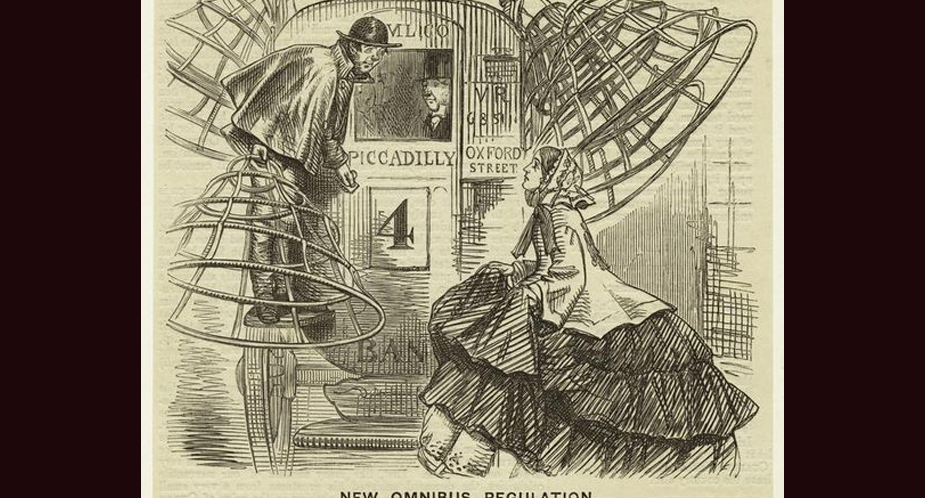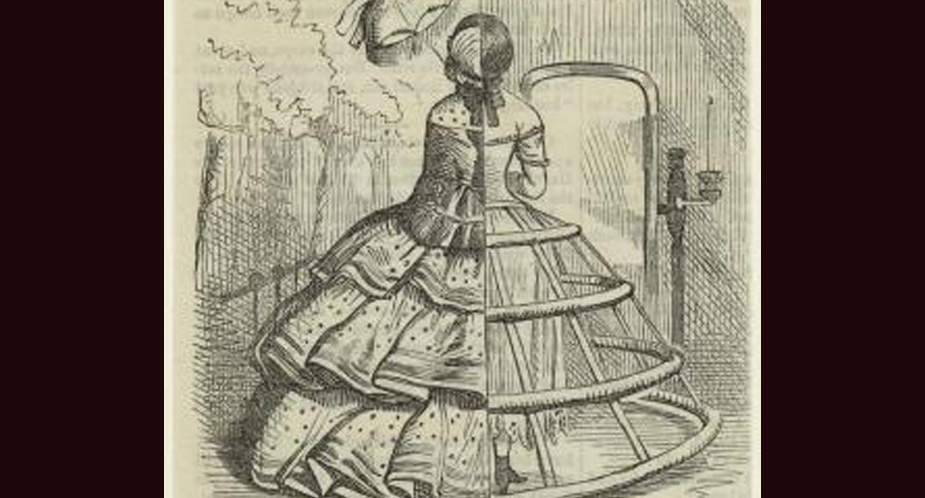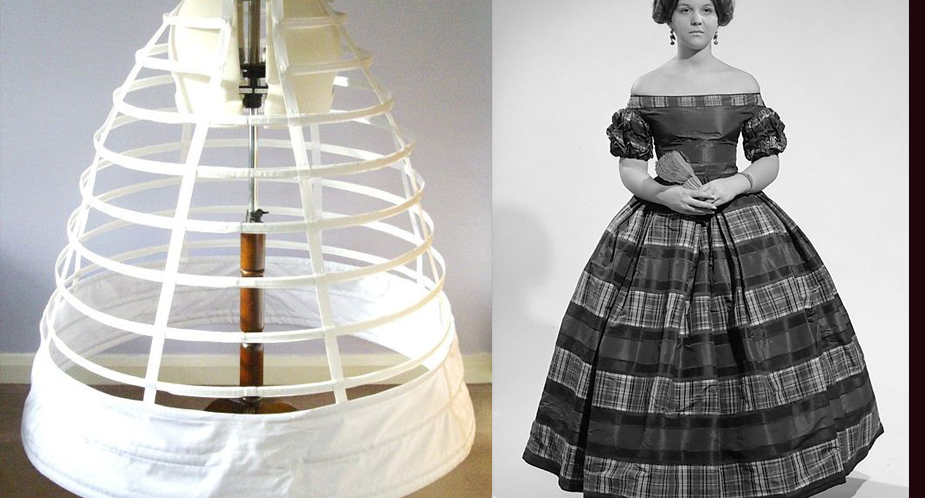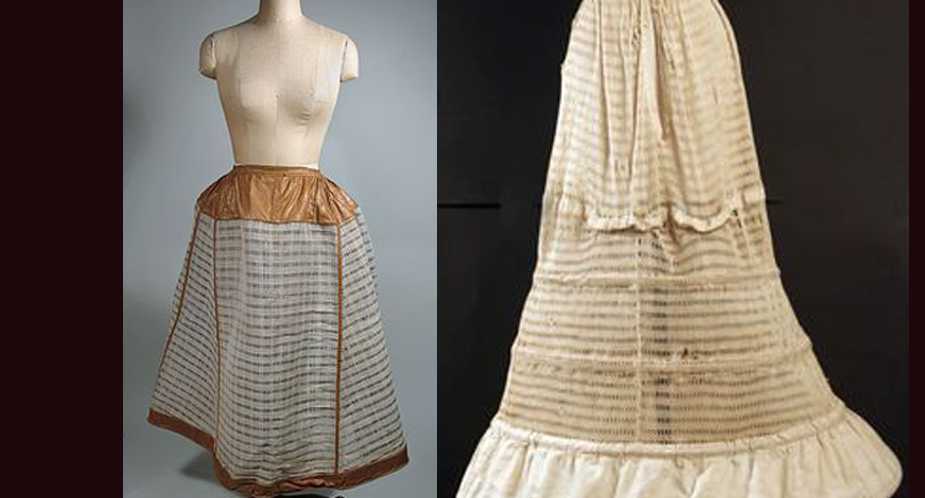… to 1857 or ’58 based on the skirt shape, size, and apparent lack of petticoat and lack of tiers (which would indicate 1855-56), even though it’s hard to see the bodice and sleeves which would normally help pinpoint it more exactly. The hair and hat places it in eastern …
